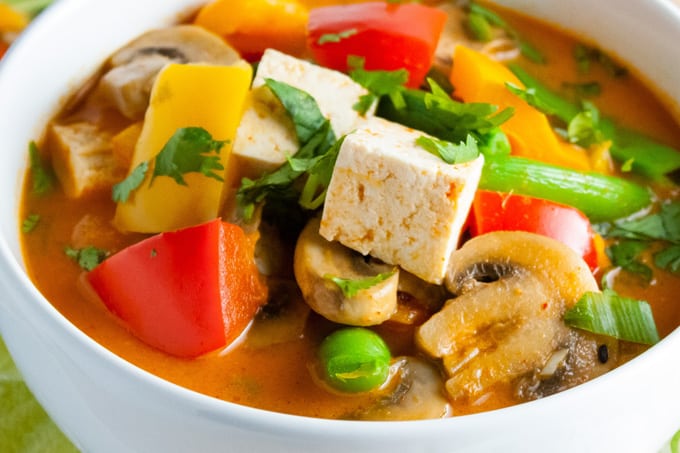Article by: Lan Nguyen
Edited by Peter Milobar
It is estimated that between 2006 and 2050, the world population will increase 35 percent, which will push the number of humans on the planet to over 9 billion. That’s a pretty large number squeezed onto the planet, especially when livestock take up 26% of the land that isn’t currently covered by ice. Currently, one acre of land can yield about 250 pounds of beef. However, with the same amount of land, one can produce 50,000 pounds of tomatoes, up to 53,000 pounds of potatoes or 30,000 pounds of carrots! Not only is livestock farming an inefficient use of land, it also consumes an enormous amount of water. The average American consumes roughly 54 pounds of beef, 46 pounds of pork and 83 pounds of chicken per year. The water required to produce just a pound of each one of the following is about 1,799 gallons, 576 gallons and 468 gallons respectively. That’s 2,644 gallons of water to produce 3 pounds of meat! And that’s still not the end of the story, there’s more. The United Nations Food and Agriculture Organization (FAO) estimates that livestock production is responsible for 14.5 % of global greenhouse gas emissions, that’s more than the emission from all transportations combine!

That’s a lot
Now that we know how costly livestock production can be, I will share with you how you can contribute towards a more sustainable planet.
1) Join our Meatless Monday movement
Even reducing your meat consumption by one day each week, you can create a positive difference to your carbon footprint and health. A question that you may have is whether protein from a plant-based diet can meet your dietary needs. It is true that plants have less protein gram per gram than meat, however you can definitely meet your protein requirements from a well-balanced plant based diet. Some excellent sources of plant based protein include:
-Legumes, such as bean and lentils
-Chia and hemp seeds, which are also rich in heart healthy fats (omega-3 fatty acids)
– Quinoa, which is a gluten free grain. It is an excellent source of protein and complex carbohydrate.
-Spirulina? This one is new-it’s a type of seaweed. Below is what it looks like

Looks adventurous!!
-Nuts (almonds, peanuts, pistachios, walnuts etc…) – not only do they provide protein, but they can provide satiety which helps to keep you full longer.
-Tofu … see below!
2) Be Adventurous!
How did you discover your favorite food if you’ve never tried it? Likewise, have an open mind and try out new vegetarian or vegan dishes. Remember that vegetarian station that you always forget about? Now it’s time to give it a shot! Don’t like the sound of tofu? Try it anyways. At lunch, instead of deli meat in a sandwich, try smoked tofu or hummus and lots of veggies. At dinner, garnish your plate with a stuffed squash or choose a vegetarian entrée, like a thai curry with tofu, a veggie burger or a bean burrito.

I can use a serving of that
3) Be creative
Sometimes, you’ll have to think outside of the box to get the right answer. You don’t have to go all day munching on celery sticks and carrots! For example, if you tend to go for a lunch time salad, add protein with a sprinkling of hemp hearts or sunflower seeds or some sprouted beans or chickpeas. You can even take it a step further and compose your own vegetarian rice bowls from the dining hall. Rice from the side bar, chili from the vegetarian station, some salsa and some cut up avocado and there you have it: a delicious and hearty vegetarian chili rice bowl!
If you are curious about trying some vegetarian and vegans samples, come to the Totem Park Dining Hall on Monday January 18th.
There’s still more! Living in residence, we are fortunate to have a Registered Dietitian, Nicole Fetterly with valuable resources and knowledge to share. For more ideas on how to eat meatless or to hear about ways to eat veggie on campus, you can contact Nicole through www.food.ubc.ca/nutrition.

For more information, make sure to visit http://www.meatlessmonday.com/ and see how you can make a difference.

 Follow
Follow